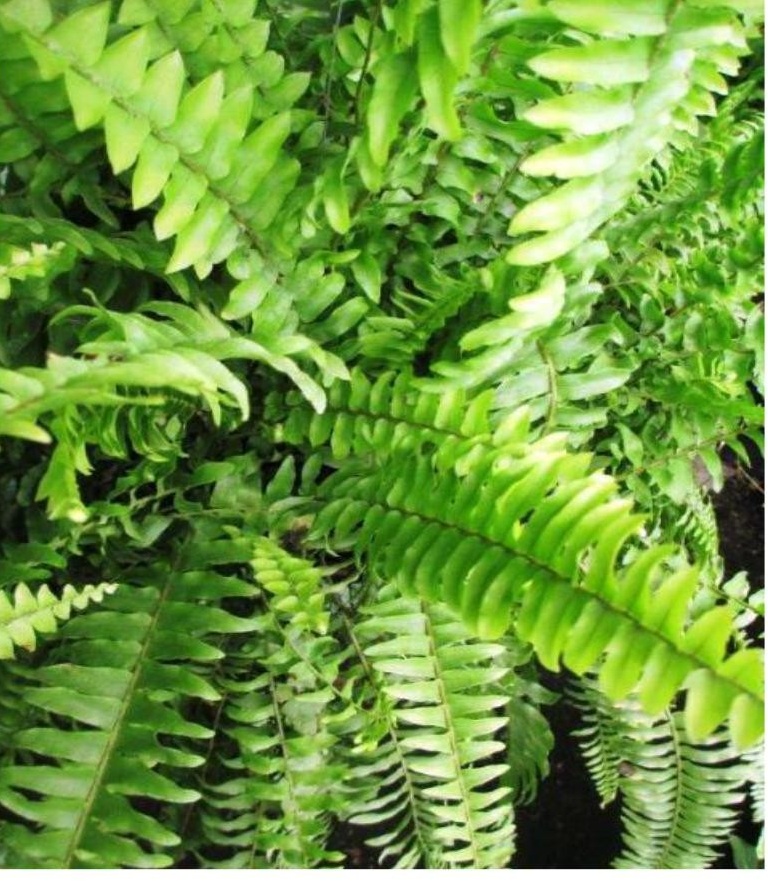By Manzanillo Sun Writer from the March 2015 Edition

World population has doubled since 1970, exceeding 7 billion. How will we feed everyone? Despite high prices, demand for seafood is growing. USA consumption tops 5 billion pounds (2,267,961,850 kg) annually. Less than 10% of that comes from USA waters according to the NOAA; 90% comes from the global market, 50% of that wild caught. The remainder comes from aquaculture, concepts that have been in use since 1870.
Wetlands Aquaculture – Wetlands aquaculture can be a huge source of food and not just for man. Wetlands are vitally important to mother nature’s plan. They serve as a protected environment for juvenile fish to grow and eventually head to the ocean.
One good example of wetlands aquaculture is near Seville, Spain. Located 10 miles (16 km) upstream from the Atlantic ocean they have created 12.3 square miles (32 sq km) of wetlands that produce 1,200 tons (1,080 m tons) of fish and shrimp annually. That is 37 tons (33.3 m tons) per square kilometer per year! This also creates a local grocery store for other species including mammals and birds. The area has attracted over 200 migratory bird species including many that are endangered.
Pond Farms – One of the oldest methods of fish farming is The Pond. Creation of artificial environments that can be controlled to optimize fish growth. One of the best examples of a pond fish is Tilapia. Tilapia are filterfeeders. These fish types consume phytoplankton. The quantity of phytoplankton can be controlled in a fish pond by increasing the nutrient levels in the water. The risk is that an algae bloom might occur. This generally causes quick consumption of all the nutrients which causes a rapid death of the algae which then causes the oxygen levels to drop which kills off the fish.
Many fish in close quarters cause problems just like land farmers have; spreading disease and dealing with excess nutrients or waste products. This requires close monitoring of the environment in the pond. One solution is to have several fish species serving different functions in the pond. India developed a “composite fish culture”. They select as many as six different species that do not compete with one another. Example: putting a bottom dwelling fish, such as catfish, and a submerged weed feeder, like carp, in with Tilapia. Nutrient rich water can be siphoned off and used in hydroponic gardens. The water can be reclaimed, minus the nutrients, and put pack into the pond!
Open Ocean Farm – This is practiced in the open ocean using “net pens”. Locally, you can find these off the beach at La Boquita. PVC pipe forms a stiff, floating frame and netting keeps the fish in the various parts of the farm. Fresh seawater constantly drifts through. Excess waste can help to nourish surrounding waters. These do best close to the coast. Actual open ocean farms may not have the plentiful nutrients that run-off from coastal areas into the water.

Fish Ranching- This is a sort of “free range” fish farming. Commonly used for salmon, the salmon is raised in a hatchery then released into coastal rivers. Guided by nature they head to the open ocean to feed, grow and compete with wild salmon and other species. Salmon from the throughout the Pacific journey to areas such as the Bering Sea where they eat and grow on krill. They stay out for as long as seven years then return to their “home” to spawn.
Artificial Reefs- This is turning a barren marine “desert”, i.e. all sand bottom, into a thriving undersea community. Fish relate to “structure”. That is something physically placed on the bottom of a vast sandy area. This could be a shipwreck or a manmade object. Various marine species anchor themselves to the structure and pretty soon you have an entire community.


Compare Foods – Beef, chicken or fish? One pound of beef (0.45 kg) takes 8.7 pounds (3.9 kg) of feed to raise. One pound of chicken takes 1.9 pounds (0.9 kg) of feed. One pound of salmon takes 1.2 pounds (0.5 kg). Marine aquaculture uses little or no fresh water, unlike other sources of protein (meat, eggs) that rely heavily on water.
Aquaculture sounds very upbeat but there are still serious downsides. Open ocean farms can be very dirty and in the wrong area it can overcome and kill coral which is a natural structure for a natural community. For every kilo (2.2 pounds) of shrimp caught in the wild there is 4.2 kilos (9.25 pounds) of fish wasted! Marine catch has increased 70% in the last 150 years. Fishing fleet size has doubled from 1970 to 1990, and 70% of the world’s fish species are fully exploited, overexploited or rebuilding. Decreasing fish population creates more damaging methods to catch them such as long lines and gill nets.
There is a term called “shifting baseline” in the field of environmental conservation. It describes what we might p exposed to the situation. Example: a video relates how salmon catches in the Pacific Northwest are twice the size today that they were in the 1930’s. The missing data is that they were 10 times higher in the 1880’s. Hopefully science and research will help with aquaculture refinement to keep us eating.

Download the full edition or view it online
Manzanillo Sun’s eMagazine written by local authors about living in Manzanillo and Mexico, since 2009





You must be logged in to post a comment.